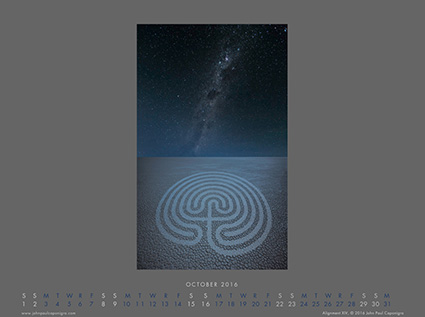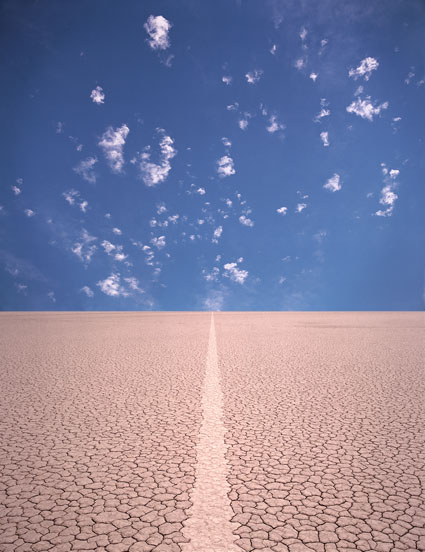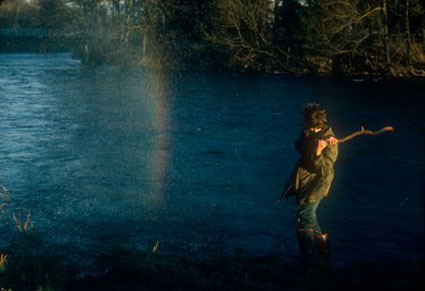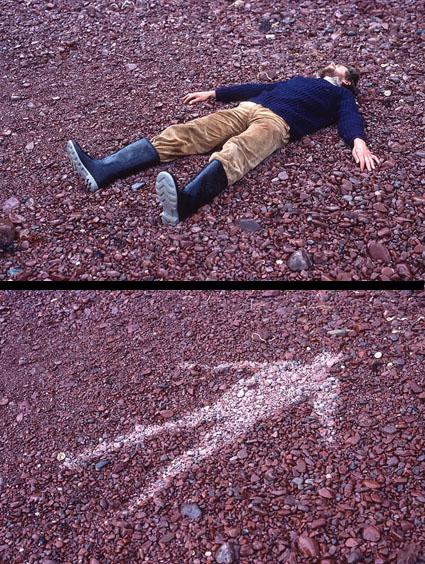Special Discounts During My Opening Aug 5 & 6
John Paul Caponigro
Open Studio | New Work
August 5 & 6, 2017 / 10 AM – 5 PM
Artist’s Talks 2 PM
Watch them live on Facebook.
73 Cross Road, Cushing, ME 04563
.
Save 25% On Prints For A Limited Time Only!
Enter the code 25OFF during checkout.
.
Come have an adventure in art! Be among the first to see new works by artist John Paul Caponigro’s series Alignment, featuring petroglyphs and stone alignments. Inspired by early childhood and continuing encounters with the sacred arts of “primitive” or “primal” cultures these images make visible the inner spirit of extraordinary places around the world as diverse as Antarctica, Iceland, and Japan. Environmental art in virtual space, these altered images are land art produced without altering the land. The artist’s visionary landscapes drawn from and for the mind’s eye heighten our physical, emotional and spiritual connections to nature. He has said, “The process of creating these images is like dreaming while I’m awake.” Now you’re invited to come dream together with the artist in this unique exhibit.
This is a rare opportunity to see the inner workings of an artist at work in his private studio. Many of the items on display have never been seen before; some are not made public, except during this event.
In addition to the state-of-the art digital photographs, also on display are a wide variety of related studies some drawn, some painted, and some computer rendered.
A second exhibit is also on display featuring the artist’s works made in Maine, his home for over 28 years.






